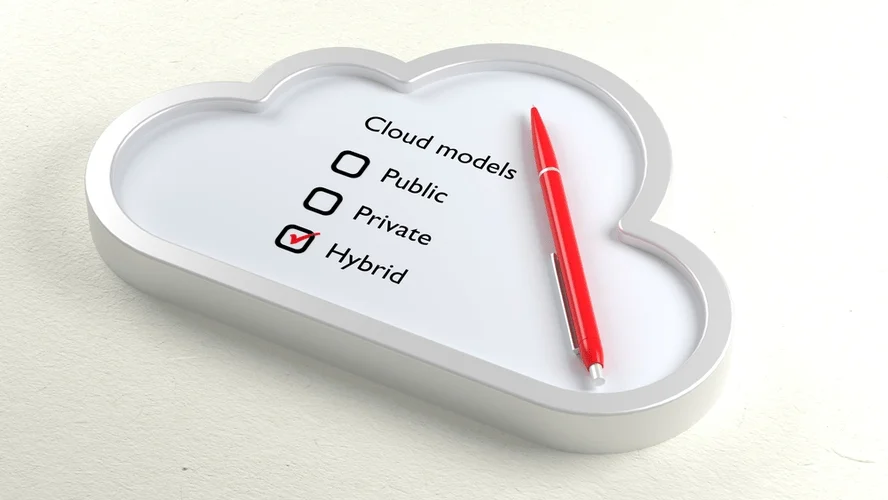The team produces a new software version at the end of each iteration. Systems analysis and design (SAD) can be considered a meta-development activity, which serves to set the stage and bound the problem. SAD interacts with distributed enterprise architecture, enterprise I.T. Architecture, and business architecture, and relies heavily on concepts such as partitioning, interfaces, personae and roles, and deployment/operational modeling to arrive at a high-level system description. This high-level description is then broken down into the components and modules which can be analyzed, designed, and constructed separately and integrated to accomplish the business goal. SDLC and SAD are cornerstones of full life cycle product and system planning.
During this stage, developers will build a working model to help demonstrate how the new system will work when it is complete. This includes creating a visual demonstration of tasks and processes that can be used to show end-users what the system will do for them. Methodologies eliminate the need to invent new management and development techniques. Also, they provide every team member with a clearly defined plan so that everyone understands what they’re doing, why, and what’s the final goal.
Phases
When this is not longer feasible or efficient, the system life cycle terminates and a new SDLC commences. Today, most teams recognize that security is an integral part of the software development lifecycle. You can address security in SDLC following DevSecOps practices and conducting security assessments during the entire SDLC process.
Agile https://moviesbhandar.com/%cf%80%ce%bb%ce%b7%cf%81%ce%bf%cf%86%ce%bf%cf%81%ce%af%ce%b5%cf%82-%cf%80%cf%81%ce%bf%cf%8a%cf%8c%ce%bd%cf%84%ce%bf%cf%82-%cf%83%ce%bf%cf%8d%cf%80%ce%b5%cf%81-%ce%ba%ce%b1%ce%bc%ce%ac%ce%b3%ce%ba/ methodologies require a much smaller amount of documentation in terms of a software life cycle. QA specialists document them and pass them back to the developers for fixing. The testing process repeats until all the critical issues are removed, and the software workflow is stable.
1.4 Spiral
The spiral model is a systems development lifecycle (SDLC) method used for risk management that combines the iterative development process model with elements of the Waterfall model. The spiral model is used by software engineers and is favored for large, expensive and complicated projects. In fact, in many cases, SDLC is considered a phased project model that defines the organizational, personnel, policy, and budgeting constraints of a large scale systems project. DevSecOps is the practice of integrating security testing at every stage of the software development process. It includes tools and processes that encourage collaboration between developers, security specialists, and operation teams to build software that can withstand modern threats. In addition, it ensures that security assurance activities such as code review, architecture analysis, and penetration testing are integral to development efforts.
It ensures that the end product is able to meet the customer’s expectations and fits within the overall budget. Hence, it’s vital for a software developer to have prior knowledge of this software development process. It then creates the software through the stages of analysis, planning, design, development, testing, and deployment. system development life cycle model By anticipating costly mistakes like failing to ask the end-user or client for feedback, SLDC can eliminate redundant rework and after-the-fact fixes. The final stage of the software development life cycle is maintenance and operations. This is one of the most critical stages because it’s when your hard work gets put to the test.
Stage 1: Plan and brainstorm.
Regulations impact organizations differently, but the most common are Sarbanes-Oxley, COBIT, and HIPAA. In those days, teams were small, centralized, and users were ‘less’ demanding. This type of scenario meant that there was not a true need for refined methodologies to drive the life cycle of system development. However, technology has evolved, systems have become increasingly https://www.globalcloudteam.com/ complex, and users have become accustomed to well-functioning technology. Models and frameworks have been developed to guide companies through an organized system development life cycle. Today, the traditional approaches to technology system development have been adjusted to meet the ever-changing, complex needs of each unique organization and their users.

Systems Development Life Cycle is a systematic approach which explicitly breaks down the work into phases that are required to implement either new or modified Information System. Effective control mechanisms shall be implemented to control multiple versions of software. All errors shall be tested after correction to ensure that they have been eliminated as part of the regression testing process and that no new ones have been introduced. A security specialist shall be appointed to provide security advice for the project—this is usually the Information Security Manager.
V-shaped SDLC Model
SDLC consists of a precise plan that describes how to develop, maintain, replace, and enhance specific software. The life cycle defines a method for improving the quality of software and the all-around development process. When viewed as a diagram, the spiral model looks like a coil with many loops. The number of loops varies based on each project and is often designated by the project manager.

Around seven or eight steps appear commonly; however, there can be anywhere from five upwards to 12. Typically, the more steps defined in an SDLC model, the more granular the stages are. ALM includes the entire lifecycle of the application and continues beyond SDLC. The waterfall model arranges all the phases sequentially so that each new phase depends on the outcome of the previous phase. Conceptually, the design flows from one phase down to the next, like that of a waterfall. In the design phase, software engineers analyze requirements and identify the best solutions to create the software.
Want to know more about the software development process?
The major goal of an SDLC is to provide cost effective and appropriate enhancements or changes to the information system that meet overall corporate goals. The project manager is responsible for executing and closing all the linear steps of planning, building, and maintaining the new or improved system throughout the process. Application lifecycle management (ALM) is the creation and maintenance of software applications until they are no longer required. It involves multiple processes, tools, and people working together to manage every lifecycle aspect, such as ideation, design and development, testing, production, support, and eventual redundancy.
BCI GPG Edition 7.0: a new focus on the BCMS BCI – The Business Continuity Institute
BCI GPG Edition 7.0: a new focus on the BCMS BCI.
Posted: Thu, 12 Oct 2023 10:41:15 GMT [source]
It is responsible for consistent product delivery and process organization. That’s why it should be combined with some methodology that focuses precisely on the programming approach. Its first peculiarity is that all work is split into iterations like the iterative model. The team initially defines what actions they’ll need to perform in a particular timeframe.
System Development Life Cycle Spiral Model
If something significant changes in the initial plan, a team should wait until the very last stage to return to the beginning and pass all software life cycle phases again. So, if support and maintenance are entirely entrusted to the software development provider, this process doesn’t have timeframes. However, customers may take responsibility for the product maintenance themselves, and in this case, they contact a service provider only in some critical cases they can’t manage on their own. QA engineers can receive some testing results only after the demo version of an app is published, and they can interact with it as users. The data based on it helps to understand whether the product corresponds to business requirements as well as to the technical ones. Specialists who work actively at this phase are software engineers, system architects, database specialists, designers.
- It ensures that the software is secure from initial design to final delivery and can withstand any potential threat.
- Planning is a crucial step in everything, just as in software development.
- He is an expert having technical and interpersonal skills to carry out development tasks required at each phase.
- The system development life cycle is simply an outline of the tasks required to develop a new IT application.
- Languages like C# and Java are still in demand by employers, but many new languages are emerging, too.
